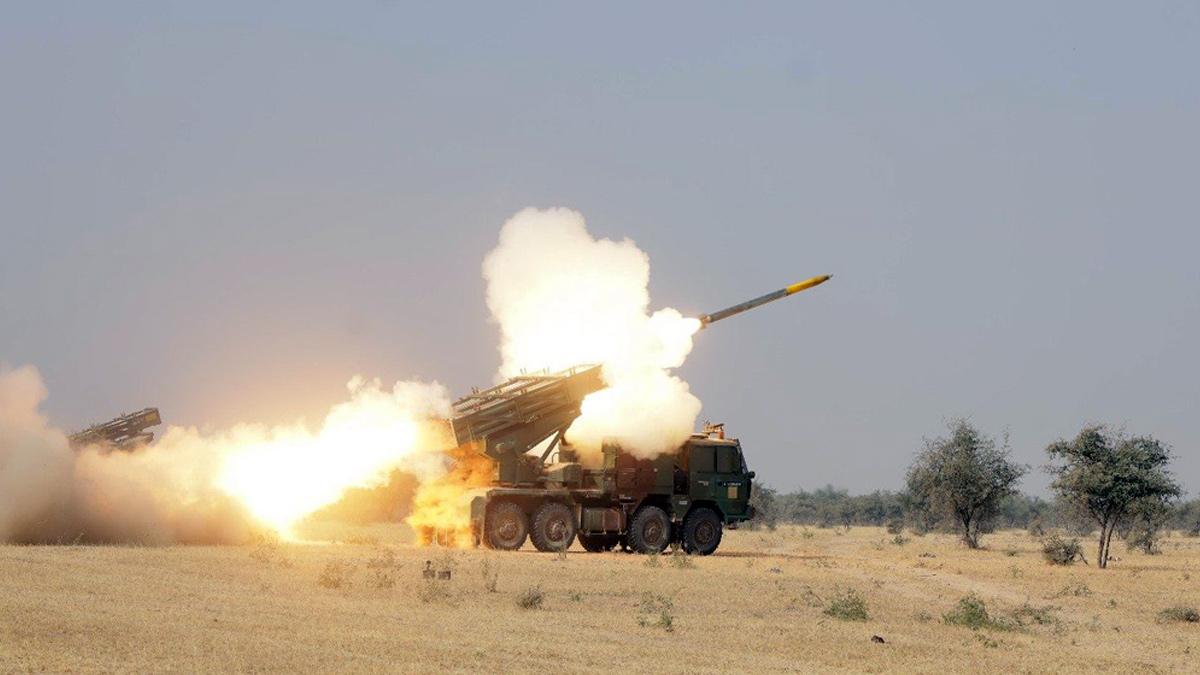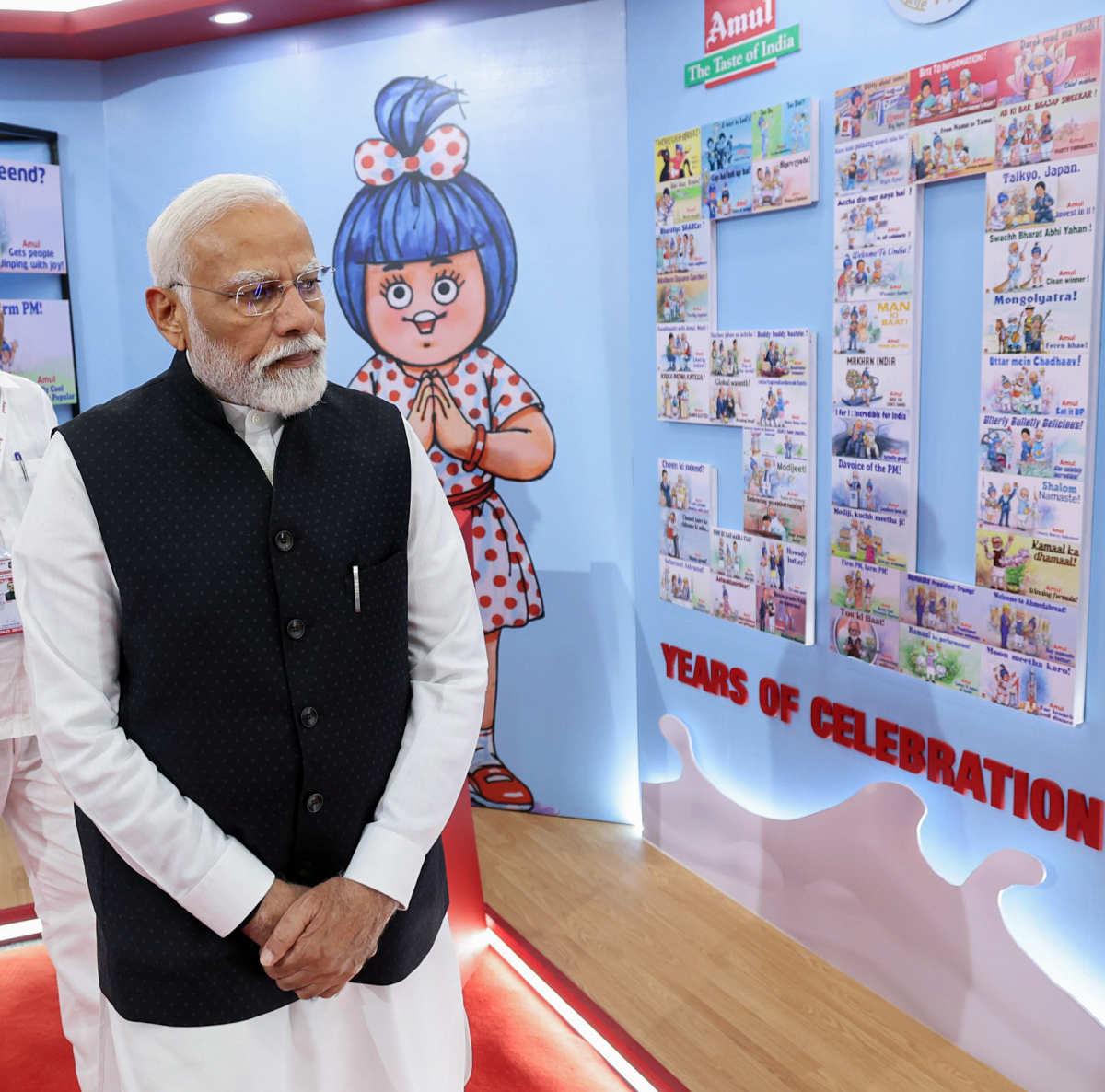‘If we want to pivot meaningfully from a services-driven economy to a technology and manufacturing-led one.’

IMAGE: The Indian Army’s Trishakti Corps demonstrates operational excellence during a fire exercise. Photograph: Defence PRO Guwahati/ANI Photo
After nearly three decades in investment banking, Ravi Kapoor launched Indusbridge Ventures, an asset management firm with its inaugural fund focused on the aerospace and defence sectors.
In a video interview with Samie Modak/Business Standard in Mumbai, Kapoor, general partner and co-founder of the firm, discusses the fund’s investment strategy, target investor profile, and return expectations.
After a successful career as an investment banker, what prompted you to foray into fund management?
Fund management felt like a natural progression given the network I have built and the deals I have executed during my investment banking career at Citi and Merrill.
India needs large-scale capital support, especially in strategic sectors like aerospace and defence (A&D), if we want to pivot meaningfully from a services-driven economy to a technology and manufacturing-led one.
For me, stepping into asset management with a sector-focused fund was a conscious decision.
How did the idea of setting up Indusbridge Ventures come about? What are the long-term goals?
The intent has always been to provide patient capital to entrepreneurs operating in high-entry-barrier sectors such as aerospace and defence, where long gestation cycles and business volatility often deter investors.
Around this time, I met my fellow GPs Rahul Devjani and Yogesh Kulkarni, who were already working on this vision long before I joined them.
The overarching goal is to make a meaningful impact by backing deep-tech startups in this space–not just with capital, but also with strategic value-add.
Tell us about your first fund. What corpus are you targeting?
The fund is focused on aerospace and defence, along with allied areas such as space and communications.
We have assembled a strong advisory group of subject-matter experts with global exposure.
Our strategy is twofold: Investing in deep-tech startups that have a strong technology moat, preferably with dual-use applications (both civilian and defence), and a large global market opportunity.
Secondly, establishing joint ventures with Indian promoters already experienced in specific technologies or manufacturing processes, where we as a fund take significant minority stakes at reasonable valuations while providing access to global tech and markets.
The fund is structured as a Category-II alternative investment fund (AIF) with a seven-year term, extendable by two years.
We are targeting a Rs 1,000 crore corpus (Rs 500 crore + Rs 500 crore greenshoe).
Our first close is planned for September 2025 and we aim to complete fundraising by March 2026.
What commitments have you secured so far?
We have received commitments of more than Rs 200 crore, primarily from family offices and corporate venture arms.
As sponsors, we are also investing Rs 25 crore of our own capital, which reflects our skin in the game.
Our broader investor profile will include ultra HNIs, family offices, corporate venture arms, and both government and private institutions.
Why did you choose aerospace & defence as your first theme? What is your investment strategy?
The sector’s challenges–ranging from broken global supply chains to domestic capability gaps–make it the right place for us to begin.
Unlike generic, broad-based funds, we wanted a focused vehicle with a clear impact.
Additionally, we’ve forged an exclusive partnership with Fedtech, a US Department of Defense-funded venture studio.
Through our India-to-America (I2A) Launchpad, we are helping Indian deep-tech startups enter the US market.
Our first cohort had eight startups, our second has 10.
This initiative enables us to screen around 80-100 startups monthly and choose only those with a genuine technology moat, scalability, and global market potential.
This is a capital-intensive sector. Does it suit a relatively smaller fund like yours?
We focus on companies with strong technology differentiators and dual-use applications, which allows many of them to operate on asset-light models and reach revenues faster.
On the JV side, we pick up significant minority stakes, while the promoters bring their own capital and financial firms provide debt support.
So collectively, the capital churn is three times of what the fund invests.
Feature Presentation: Aslam Hunani/Rediff




